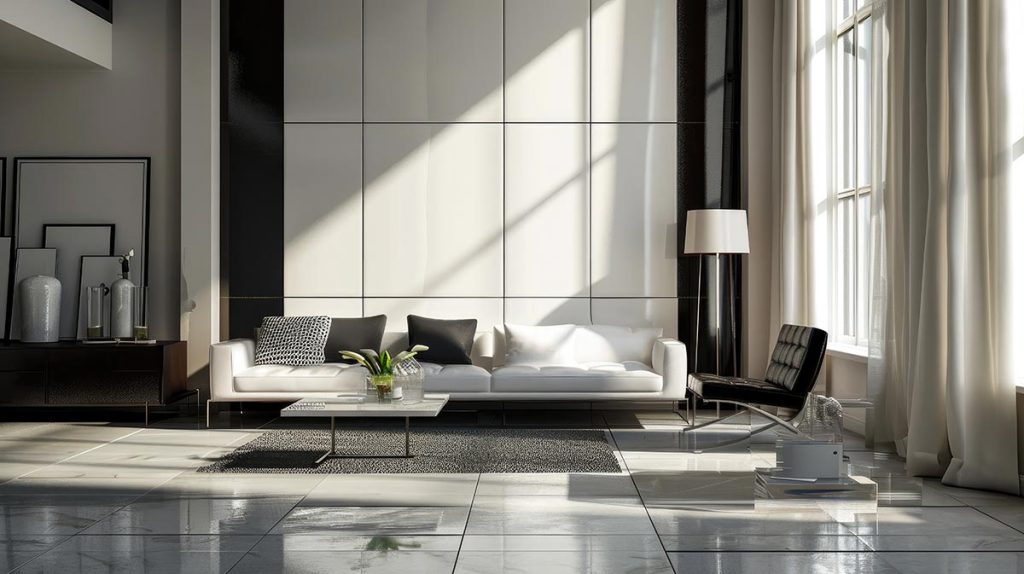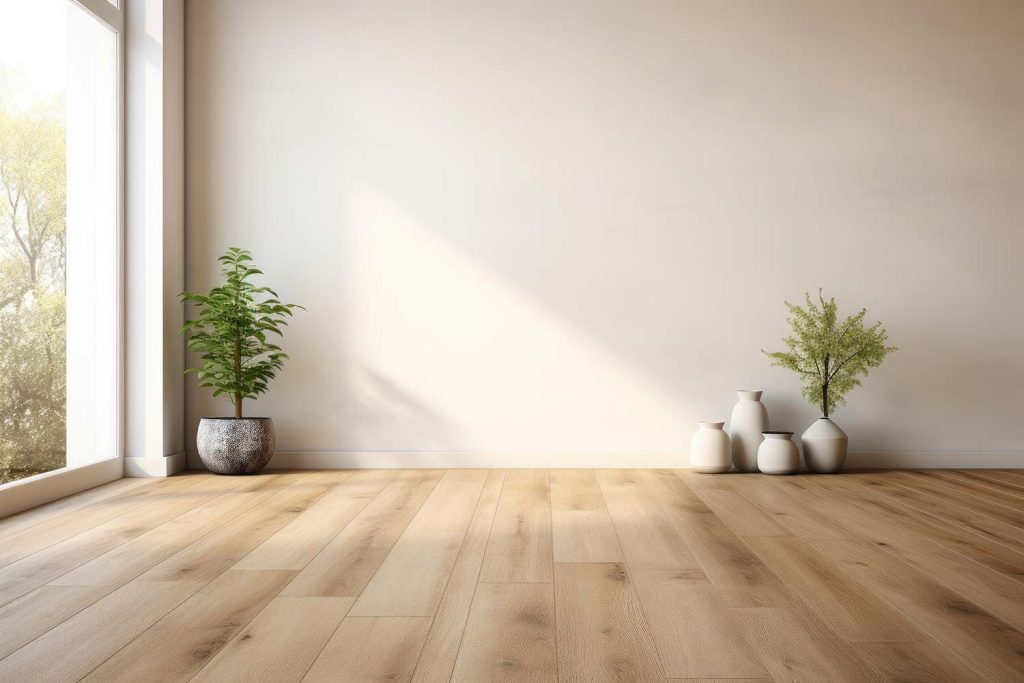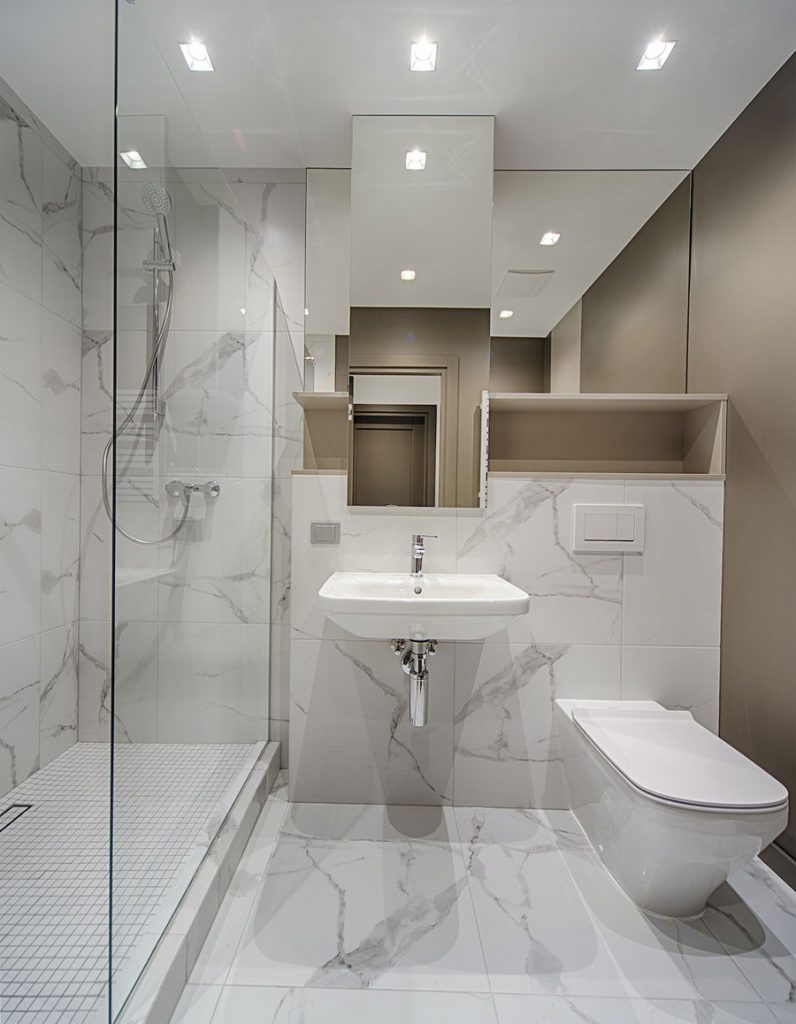Floor Selection: Choosing Between Engineered, Hybrid, and Laminate Flooring
When considering a renovation for your new home’s flooring, it’s crucial to select the option that best fits your needs, lifestyle, and budget. To assist with your floor selection, three popular choices come to mind: engineered flooring, hybrid flooring, and laminate flooring. Each of these options has its own set of characteristics, benefits, and ideal use cases. Consequently, here’s a professional breakdown of these flooring types to help you make an informed decision:
Engineered Flooring
Overview: Engineered flooring is a multi-layered wood product designed to offer the look and feel of solid hardwood with enhanced stability. Specifically, it consists of a top layer of real wood veneer, bonded to multiple layers of plywood or high-density fiberboard (HDF).
Advantages:
- Stability: In contrast to solid hardwood, engineered flooring is less susceptible to changes in temperature and humidity. This feature makes it particularly suitable for areas with fluctuating environmental conditions.
- Authenticity: Since the top layer is real wood, you get the genuine look and feel of hardwood. Furthermore, it can be sanded and refinished a few times, though not as many as solid hardwood.
- Installation Flexibility: It can be installed over various subfloors, including concrete, and can be glued, nailed, or floated, offering versatility in different settings.
- Durability: High-quality engineered wood is durable and can handle moderate to high-traffic areas effectively.
Ideal For: This type of flooring is best for living rooms, bedrooms, and any area where the aesthetic of real wood is desired but environmental stability is a concern.
Hybrid Flooring
Overview: On the other hand, hybrid flooring combines elements of laminate and vinyl flooring. It features a core made from a combination of materials, often including recycled wood fibers, limestone, and PVC. This type of flooring is specifically designed to offer a balance between the durability of vinyl and the aesthetics of natural materials.
Advantages:
- Water Resistance: One of the key benefits of hybrid flooring is its high water resistance, making it suitable for areas prone to moisture, such as bathrooms and kitchens.
- Durability: Additionally, it features a robust wear layer that resists scratches, stains, and general wear and tear. Consequently, it is ideal for high-traffic areas.
- Comfort and Sound Insulation: Many hybrid flooring options include a built-in underlay that provides added comfort and sound insulation.
- Easy Maintenance: Moreover, hybrid floors are generally easy to clean and maintain, requiring only regular sweeping and occasional mopping.
Ideal For: Hybrid flooring is well-suited for high-traffic areas, kitchens, bathrooms, and any space where durability and water resistance are priorities.
Laminate Flooring
Overview: Meanwhile, laminate flooring is a synthetic product designed to mimic the appearance of natural wood or stone. It consists of a high-density fiberboard (HDF) core with a printed image layer and a protective wear layer on top.
Advantages:
- Affordability: Laminate flooring is generally more budget-friendly compared to engineered and hardwood floors.
- Variety: It comes in a wide range of designs, including wood and stone looks, thus allowing for versatile aesthetics.
- Ease of Installation: Laminate flooring typically features a click-lock installation system, making it relatively easy for DIY projects.
- Durability: Although it is resistant to scratches, stains, and fading, it can be less durable in high-moisture areas.
Ideal For: Laminate flooring is a cost-effective option suitable for budget-conscious renovations, living rooms, bedrooms, and areas where high moisture levels are not a concern.
Summary
To summarize, each flooring type has distinct advantages that should be considered during your floor selection process:
- Engineered Flooring: Best for those who want the look of real wood with added stability and versatility. It is ideal for living spaces with moderate environmental changes.
- Hybrid Flooring: Suited for areas with high moisture exposure and heavy traffic, combining durability with water resistance and comfort.
- Laminate Flooring: A cost-effective option with a broad range of designs, suitable for various rooms as long as moisture is not a significant concern.
Ultimately, choosing the right flooring depends on your specific needs, preferences, and the conditions of the space you’re renovating. By understanding the strengths of each option, you can make an informed floor selection and choose the best flooring for your new home. Discover the art of living with NewAgeSupply. Visit their showrooms in Melbourne Keysborough and Kilsyth or give them a call at 03 9701 5569 / 9761 7119. Your path to a stunning kitchen begins with NewAgeSupply.















